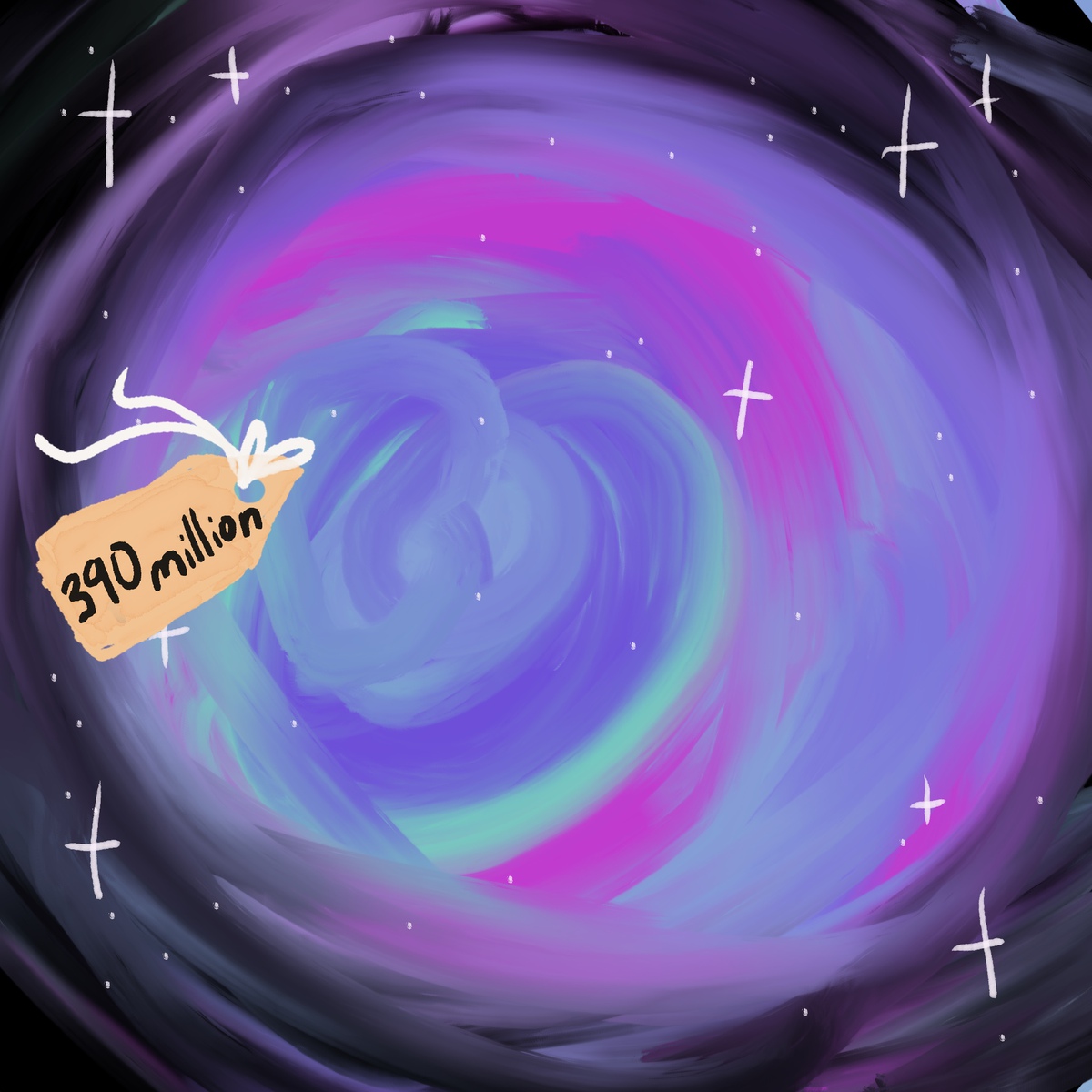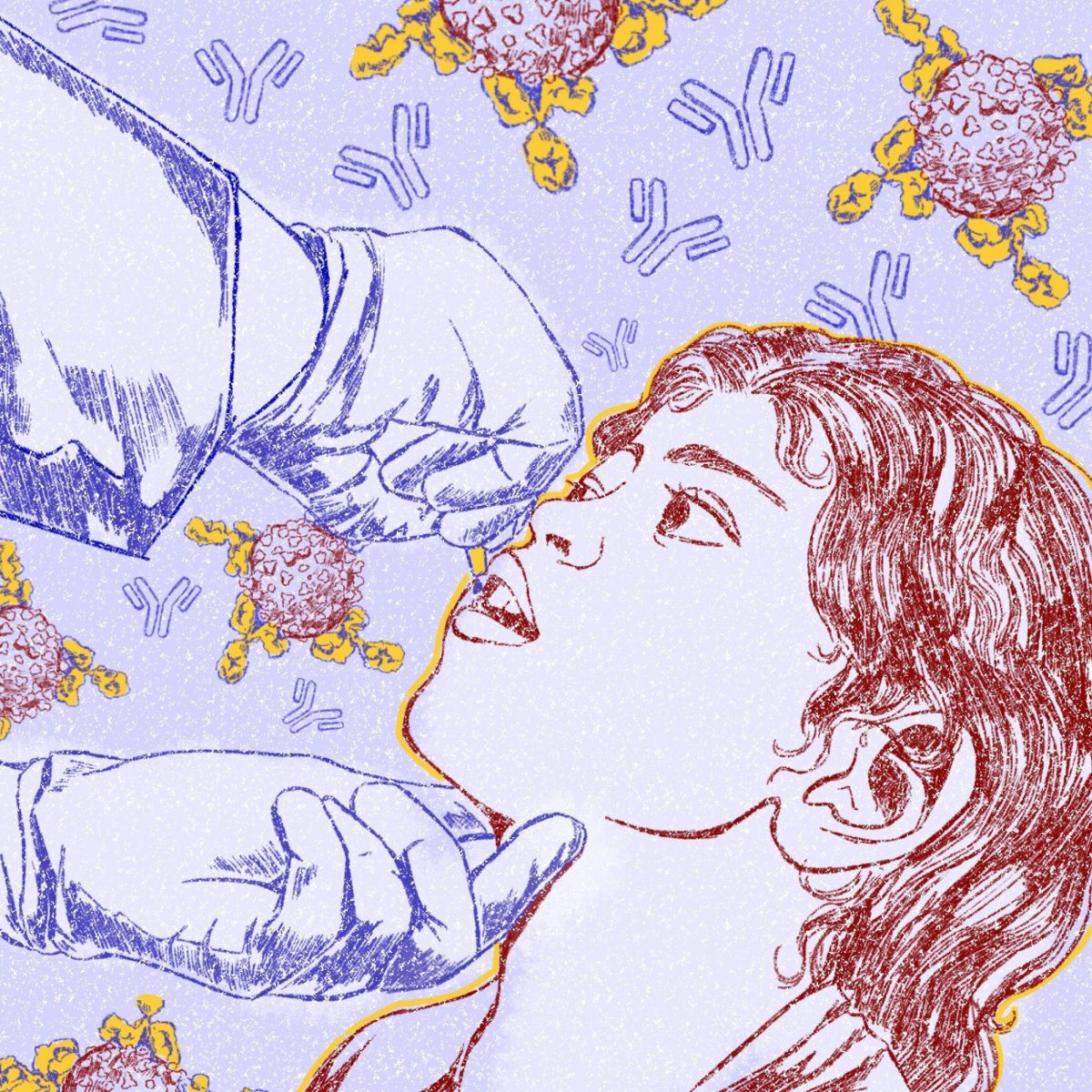A team of researchers identified Maisie’s galaxy as one of the earliest galaxies ever detected using the James Webb Space Telescope. UT researchers first discovered Maisie’s galaxy last summer, which has since been dated as having formed 390 million years after the Big Bang.
Maisie’s galaxy was first identified using images captured by JWST which can measure infrared light, said Steven Finkelstein, who led the team that discovered the galaxy.
“The universe is expanding; all galaxies are moving away from us,” Finkelstein said. “That causes the light from these galaxies to be shifted towards the red. The more distant a galaxy is, the faster it’s moving away from us and the more light is shifted to the red. So, we essentially look for just really, really red things.”
The researchers set out to find galaxies that were distant from Earth, said Micaela Bagley, a postdoctoral fellow in Finkelstein’s lab.
“The way that we were able to tell sort of an estimate at that point of how far away it was based on which wavelengths of light we could detect,” Bagley said.
The age of a galaxy can be determined by its distance from Earth, Bagley said.
“Galaxies have a very characteristic light profile as a function of wavelength where you can see them at some wavelengths and then at blue wavelengths, they sort of disappear,” Bagley said. “Based on where that happens, we can calculate how long the light has been traveling through the universe to get to us.”
Using this data, the team is looking to understand how the earliest galaxies formed and how they evolved to form galaxies like our own Milky Way, Bagley said.
“When did (other galaxies) form and how did they form?” Bagley said. “How did they form more and more stars to eventually look like our own galaxy, the Milky Way? So, it’s sort of like the very first step of the story of how we got here.”
The findings of this research can help researchers understand the creation of the elements that enable life on Earth, Finkelstein said.
“All of the heavy elements we have in the universe around us today, the iron in our blood, the oxygen in our air, all of these were created in stars during the process of fusion,” Finkelstein said. “These stars that we’re seeing in the early universe now were creating some of these first heavy elements. So, it was the creation of the first elements that eventually led to life.”
Researchers will reobserve Maisie’s galaxy in upcoming months with a different instrument on JWST that will help trace how much oxygen and other heavy elements are in the galaxy, Finkelstein said.
“It’s never going to be the exact elements we see on Earth,” Finkelstein said. “But Maisie’s galaxy today lives in a big galaxy that has foreign planets and who knows, maybe some more life.”













